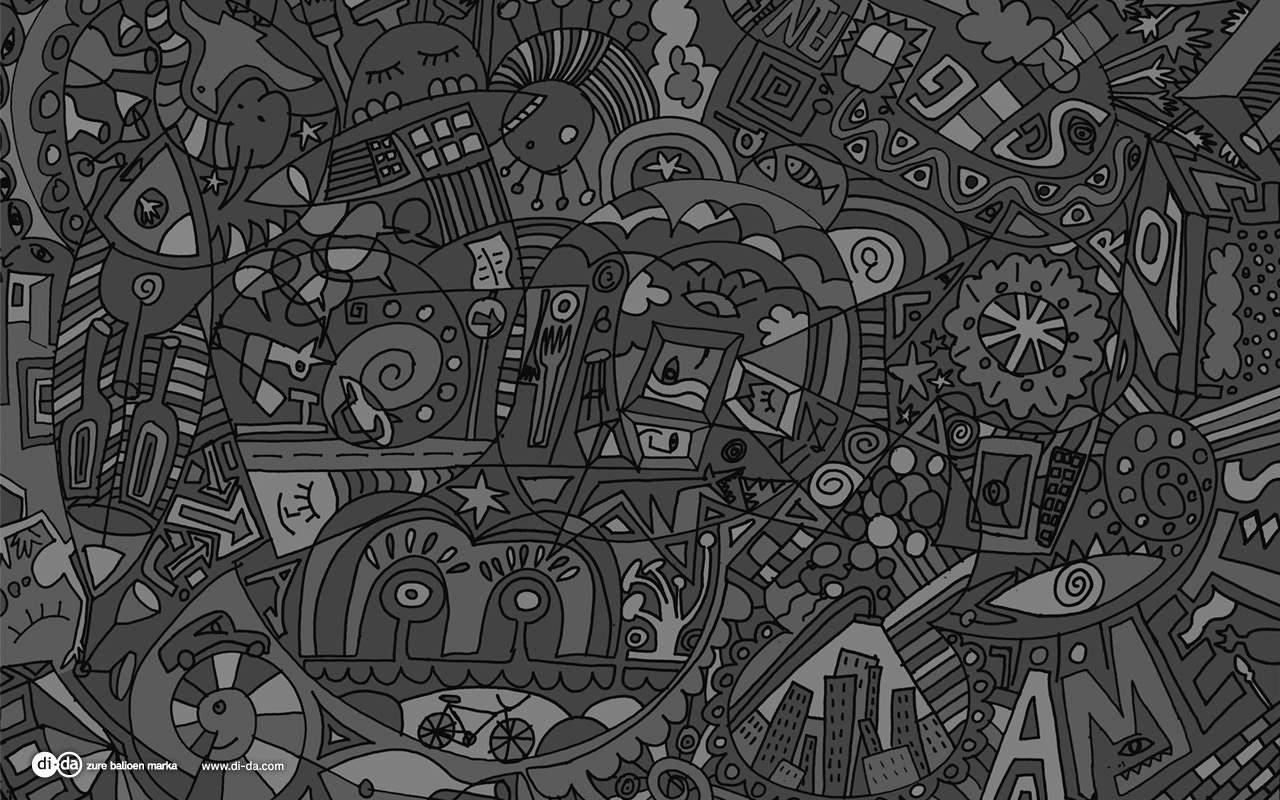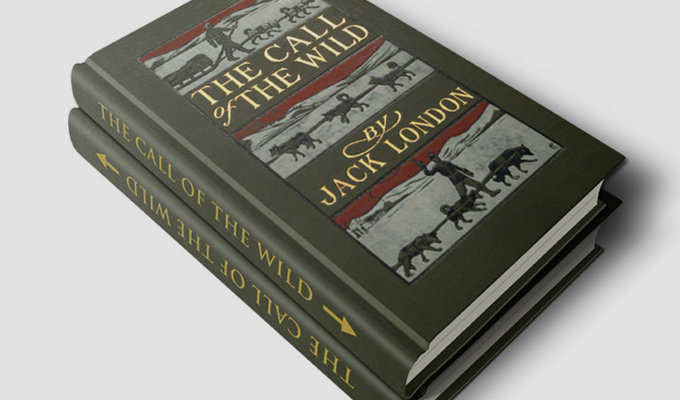5 steps to design success
(Abbreviated version. Original article by Joseba Attard found here). 1. Find out who the boss is? Find out who makes the big decisions as they will be best placed to carry the corporate vision and to understand the brand personality, which is essential to successful design. Pin-pointing brand character traits early on will help give you direction and strategy. 2. An eye for detail Don’t cut corners. Take your time and cast a keen eye over the tiny details. Watch out for typography basics like font pairing, leading, kerning and tracking. Make sure your resources are all licensed so that you don’t run into legal issues. Zoom right in on vector work to correct minor errors. Use grids and calculate margins and distances between design elements correctly. Check spelling & grammar and make it a habit to proof-read emails before sending them. 3. Capture the vision Once you capture a project’s vision and resonate with the task at hand, you are more...
Continue Reading

